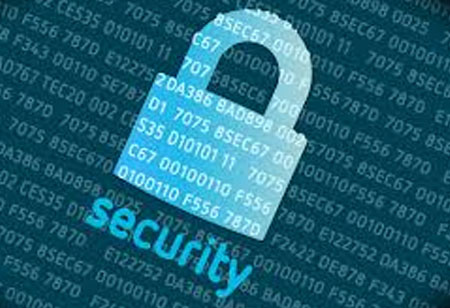THANK YOU FOR SUBSCRIBING
Enterprise Security with Data Integrity
A firewall commands the type data to flow through and to the destination yo reach. A firewall helps keep unwanted files from breaching your network. The standard process for instituting firewalls is at the external perimeter of a system.

By
Apac CIOOutlook | Thursday, January 01, 1970
Stay ahead of the industry with exclusive feature stories on the top companies, expert insights and the latest news delivered straight to your inbox. Subscribe today.
Inventing and executing a strategy for enterprise security is highly prioritized as the world becomes more dependent on technology. A report by IBM stated that more than one billion personal records were attacked in 2014. The Enterprise Security Group (ESG) said that from 2013 to 2015, 49 percent of companies experienced data breaches.
Companies should be concerned about their strategies towards enterprise security. Fraudsters are always trying to bypass security systems. The valuable data must be protected from theft or unlawful distribution where security systems must be updated continuously.
A firewall commands the type data to flow through and to the destination yo reach. A firewall helps keep unwanted files from breaching your network. The standard process for instituting firewalls is at the external perimeter of a system. Internal firewall is fast evolving, and the strategy is one of the best practices adopted by many companies. It provides defense and keeps the external network traffic away. In addition, the firewall can control the flow of data by identifying the type of application being used.
Routers control the flow of traffic and are complete with security features. Few of the routers that have better security features than a firewall are Intrusion Defense System (IDS) functionality, Intrusion Prevention System (IPS) functionality, Service and traffic functionality tools, and Strong Virtual Private Network (VPN) data encryption. An IDS functions like a traffic monitoring system whereas an IPS functions like a firewall for qualifying data flow.
Check Out: Top Enterprise Startups in APAC
A Wi-Fi Protected Access 2 (WPA2) is popular on Wi-Fi networks because of its stronger wireless encryption methods. This encryption technique is difficult for hackers and cyber-criminals to breach. Few of the encryption techniques are the Temporal Key Integrity Protocol (TKIP) and Advanced Encryption Standard (AES). TKIP supports encryption system to the original WPA, and AES is a standard feature for WPA2 and high-level encryption system. WPA2 feature in the router protects a network from a hacker accessing it can gain access and retrieve valuable information such as passwords and bank account numbers.
Hackers target emails by sending uncommon emails that contain malware, viruses, and worms. It can disrupt the enterprise systems. The spam emails employees may receive are unwanted and unsolicited. Even though the latest email filters can remove most of the spam emails, the current protocols must be updated to keep emails secure.
The attacks against web applications have increased and become more complex. A web security system must have the ability to scan web traffic accurately and prioritize enterprise security set of protocols. Few of the web security systems are BlueCoat and Masergy which protects data. By auditing the systems regularly and reviewing the outbound access, the enterprise security can be enhanced. Data integrity and security remain significantly important to stay ahead of the attackers.
Check out: Top Web Security Solution Companies





